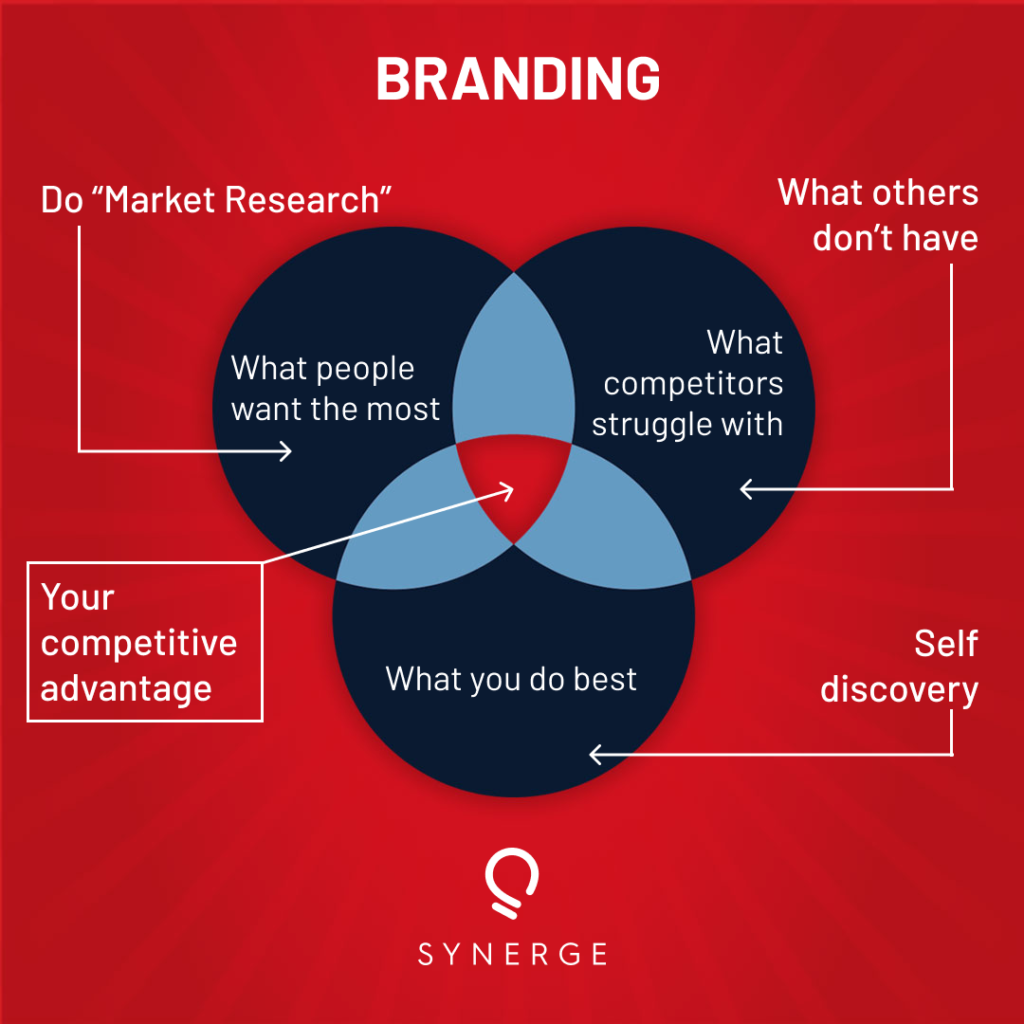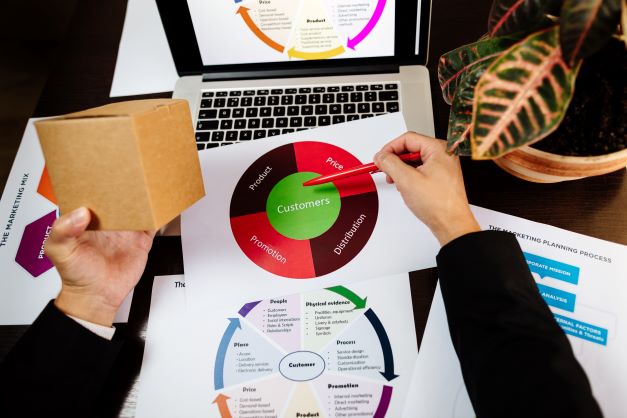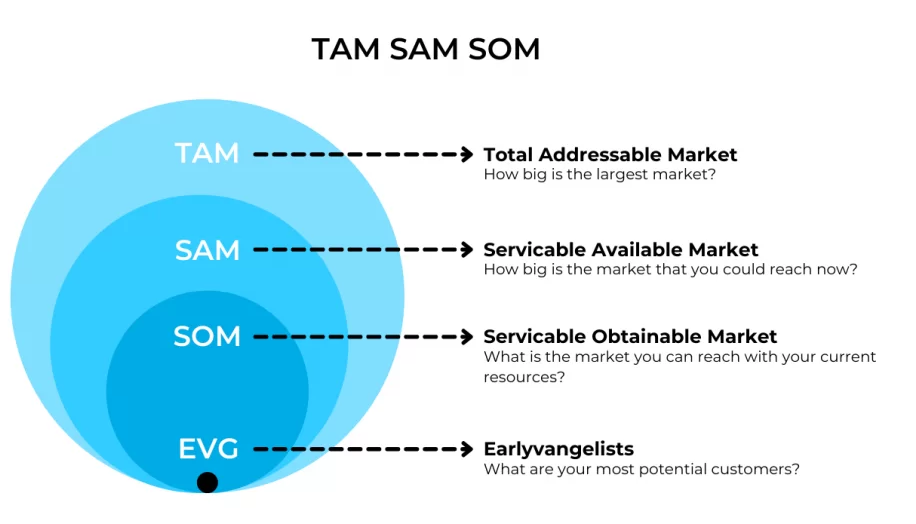Building a Startup is hard, no doubt about it. Founders have to invest their time and money to get things going. Apart from their own time, money is something that could be arranged from external investors. Fortunately the startup funding Eco-system has matured enough that opportunities to raise capital are easily accessible to every founder that wants to raise funds.
A key vehicle to present your startup and its various aspects to investors is the pitch deck. A pitch deck is essentially a presentation that provides valuable information to investors and helps them in taking a decision whether they should invest in your startup or not. While there are many approaches to startup pitch decks, most investors believe that a startup pitch deck should contain at least 12 essential sections to empower them make an informed decision regarding investing in a startup. In today’s blog, we have extracted some info on these 12 sections from our Free Startup Pitch Deck Guide and how to approach them while building your winning pitch deck. Let’s roll.
First things first
Before we deep dive into a tear down of the 12 sections, there are somethings that need to be taken care of even before you start working on your pitch deck, otherwise you will have no clue what to add on your pitch deck if you proceed without taking care of these first:
An Idea

This one is a no-brainer but sometimes people forget the most obvious things. To get started with pitching to investors, you must make sure you have an idea upon which a revenue generating (& potentially profitable) business could be built. The idea is worth pursuing if it passes the following 3 filters:
It addresses the solution to a real problem
The idea must provide a solution to a real problem that a specific group of people (your target market) has. If the problem is not specific enough, you won’t be able to provide a specific solution for it.
The problem is faced by a large group of people
The second ingredient for a good idea is that the problem it is addressing should be faced by a distinct group of people which is large enough in size to generate revenues.
It should be unique to create differentiation in the market
The idea should be unique enough to create a USP (unique selling proposition) otherwise you cannot differentiate yourself from your competitors and will have difficulty selling your product or services in the market.
Name of your startup
This one is also obvious but you should decide on a good name for your startup that is easy to remember and compliments your startup’s core value proposition.
Logo & Branding
Another key factor is a logo and consistent branding. You should get a logo & a branding guide designed for your startup from a professional designer to make sure your message to your audience (customers, partners, investors) is consistent across all channels. To hire a good logo and brand designer you can hire an expert on a talent marketplace like Synerge. Click here to learn more.

Stage of your startup
You should also be aware of the stage your startup is currently at so that you can design your pitch deck accordingly.The following are most common stages for startups:
- Idea – You just have an idea and you’re starting up. At this stage you should self-fund your startup or ask friends & family members for help.
- MVP – You have refined your idea, designed some mockups and are now ready to build an MVP (Minimum Viable Product). At this stage you can either self-fund, ask friends and family or approach VCs for pre-seed investment.
- Growth – You have launched your MVP and validated your idea by on-boarding some customers & started generating revenue. Now it is time to go big and capture a bigger share of market. At this stage you can present your startups to investors for seed investment.
Although most sections of a pitch deck are identical but some sections will differ based on which stage your startup is currently at.
Deck font & typography
Guy Kawasaki (a prominent marketing expert, author and venture capitalist) recommends that the font-size of your pitch deck should be at least 30 points or higher. The reason behind this is to accommodate as much information as possible in least possible space.
Contents of the pitch deck
The pitch deck should consist of the following sections, with each section spanning from 1 slide to up-to 4 slides.
- Title
- Problem
- Solution
- Why Now
- Product
- Competition
- Market
- Team
- Business Model
- Traction
- Financials
- Ask
1. Title

Purpose
Introduce your startup in one sentence.
Contents:
Logo – Logo of your startup displayed in a large size and clear resolution.
One Sentence Pitch – to grab the reader’s attention quickly and convey the core elements of your startup.
Deck purpose and date (optional) – the purpose of the deck along with date like this: “Pre-Seed Funding Deck, Mar 2022”.
Length:
1 Slide.
2. Problem

Purpose :
Explain the problem your startup aims to solve.
Contents:
Explain the problem your target market is facing in a simple but effective way. Make sure your startup addresses a real problem.
Length:
1-2 Slides.
3. Solution

Purpose
Explain the solution your startup provides to solve the problem.
Contents:
Link the solution with the problem and explain the uniqueness of your solution in a clear & concise manner.
Length:
1-2 Slides.
4. Why Now

Purpose
Explain the market conditions that have created the urgent need for your solution.
Contents:
Provide evidence why there is an opportunity for the solution your startup is providing. If your startup does not address a time sensitive problem, you can skip this slide.
Length:
1-2 Slides.
5. Product

Purpose
Present the most important features of your product.
Contents:
Showcase your product by highlighting its unique features that set you apart from the competition. Use mockups, designs, or video demos.
Length:
3-5 Slides
6. Competition

Purpose
Explain the competitive landscape in which your startup operates.
Contents:
Show the competitive landscape in one of the following ways:
- Using a graph to highlight essential features of your product along with competition by mapping them on an x-y axes (such as cost & value)
- Comparison of product with competition in a tabular format
- A cluster to portray players in the market including the startup and its competitors
- A friend or foe map, which highlights competitors in 4 quadrants namely observe/engage, partner, risk and threat respectively.
For more details, download our Free Pitch Deck Guide
Length:
1 Slide.
7. Market Size

Image source: https://gustdebacker.com/tam-sam-som-market/
Purpose
Provide statistics about the size of the market you are trying to capture.
Contents:
Divide your market into the following sub sets:
- TAM (Total Addressable Market) – the total market demand for a product or service that your startup is providing.
- SAM (Serviceable Available Market) – the segment of the TAM targeted by your products and services which is within your reach.
- SOM (Serviceable Obtainable Market) – The portion of SAM that you can capture realistically.
Length:
1-3 Slides
8. Team

Purpose
Show how the founding team is uniquely suited to make the startup a success.
Contents:
Show founder profiles along with achievements and experiences that are relevant to startup’s success.
Length:
1-2 Slides.
9. Business Model

Purpose
Explain how your startup will earn revenue and make profit
Contents:
Explain to investors how your startup will generate revenue. A good way to design the business model is by using a business model canvas (BMC).
Length:
1-3 Slides.
10. Traction

Purpose
Provide proof that startup has validated its idea and has potential for growth.
Contents:
Pre-Revenue / Pre-seed stage startups:
Show numbers such as customer signups, early tester feedback, testimonials etc.
Post-Revenue / Seed stage startups:
Show metrics such as revenue, monthly recurring revenue, net promoter score, conversion rates etc.
Length:
1-4 Slides
11. Financials

Purpose
Outline projected financial performance and growth of the startup.
Contents:
Use tables and graphs to show projected financial performance such as income, expenses, profitability, market sizing etc.
Length:
1-2 Slides
12. Ask

Purpose
State how much funds are needed for your startup and how you plan to utilize them.
Contents:
Include a short pitch to ask for the funding amount you are seeking for your startup. Also show the planned utilization of the funds once raised.
Length:
1 Slide.
Thank you slide
Your deck should end with a thank you note for the reader along with a CTA (Call to Action) and your contact details.
Final Thoughts
I hope you should now have an idea what contents a winning pitch deck should have. For more in-depth information, examples, additional reading material and pre-built pitch deck templates in Microsoft PowerPoint (PPT) and Google Slides format, Download our Free Startup Pitch Deck Guide & Template.
If you need help with building your pitch deck, reach out to our friendly community by submitting your queries on Synerge Meta – Pitch Deck Help Section.




